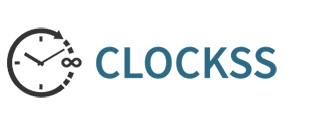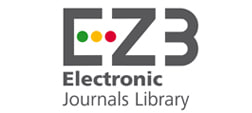Abstract
Polysomnography (PSG) remains the gold standard for evaluating sleep-disordered breathing (SDB) and related conditions, yet its clinical potential is often limited by overreliance on the apnea-hypopnea index (AHI) and similar summary metrics. This narrative review offers a structured, physiology-informed approach to PSG interpretation that integrates sleep architecture, arousal burden, respiratory event morphology, oxygenation patterns, and CO2 trends. Recognizing phenotypic patterns-such as REM-related and positional OSA-through sleep stage and positional stratification is essential for directing targeted therapy. We outline common interpretive pitfalls, including automated scoring errors, overlooked signal artifacts, and the first night effect, emphasizing the need for careful manual review and clinical correlation. In pediatric and syndromic populations, age-adjusted interpretation is critical for detecting subtle respiratory disturbances that can impact neurodevelopment or behavior. A practical stepwise framework is provided to guide interpretation, streamline clinical workflows, and reduce diagnostic error. PSG findings are also contextualized within broader systemic outcomes, such as their links to hypertension, dyslipidemia, insulin resistance, and cognitive decline. Ultimately, PSG should be viewed not as a static diagnostic report, but as a cornerstone of personalized sleep medicine-informing mechanism-based, outcome-oriented interventions tailored to individual patients.
Recommended Citation
Rachmawati, Elvie Zulka Kautzia and Yosia, Mikhael
(2025),
Reframing Sleep Diagnostics: A Structured Clinical Guide to Polysomnography Evaluation,
AUIQ Complementary Biological System: Vol. 2:
Iss.
2, 65-76.
DOI: https://doi.org/10.70176/3007-973X.1034
Available at:
https://acbs.alayen.edu.iq/journal/vol2/iss2/5
Digital Object Identifier (DOI)
10.70176/3007-973X.1034




















Follow us: